
Will Canada’s next prime minister support Indigenous Rights and conservation projects?
The Conservative and Liberal parties diverge sharply on Indigenous issues. Here’s what that could mean...
Last fall, during the B.C. election campaign, NDP leader John Horgan promised to implement the recommendations of an old-growth strategic review panel led by foresters Garry Merkel and Al Gorley.
After hearing from thousands of people all over the province, Merkel and Gorley called for a paradigm shift in the way B.C. manages its old-growth forests, saying old forests have intrinsic value for all living things and should be managed for ecosystem health, not for timber.
The report, which laid out a blueprint for change in 14 recommendations, also said many old forests are not renewable, countering the notion that trees, no matter how old, will always grow back.
Fast forward to May 2021, more than one year after Merkel and Gorley submitted their report to the NDP government, which was subsequently re-elected. None of the panel’s recommendations have been fully implemented, leaving some questioning the government’s sincerity.
At least four dozen people have been arrested at visually striking, emotionally charged, on-going protests in the Fairy Creek and Caycuse watersheds on southern Vancouver Island, where forestry company Teal Jones has obtained a court injunction banning blockades of logging activities — and the conflict shows no signs of abating.
Merkel, a member of the Tahltan Nation, is watching the Fairy Creek events closely. He’s also waiting to see how the B.C. government implements landmark provincial legislation that embraces the UN Declaration on the Rights of Indigenous Peoples.
The Fairy Creek watershed lies in the territory of the Pacheedaht First Nation, which has asked people to respect that it is up to Pacheedaht people to determine how the nation’s forestry resources will be used. The Caycuse watershed, where blockades and arrests are also taking place, lies in the territory of the Ditidaht First Nation. Although arrests are now taking place at encampments throughout the area, the name Fairy Creek is used as a catch-all term to describe the blockades generally.
The Narwhal asked Merkel if the Fairy Creek conflict could have been prevented and what big and small steps we need to take — including painful, thorny ones — to sidestep future conflicts over the old-growth forests left in B.C.
The interview has been edited for brevity.
This might sound a bit fatalist but I’m not sure that there is. Our paradigm in British Columbia is that we see the forest as a huge bank of unending resources, particularly timber. That’s its value. It’s a mental thing because we built British Columbia on the backs of the timber industry. This is our culture in British Columbia. It’s where we come from. It’s who we are.
Shifting from that culture to a new lens that’s focused on ecosystem health, the health of landscapes, the preservation of ecosystem functions — and taking timber as one of many benefits that flow from managing that perspective — is an extremely difficult shift. It involves such a huge mental shift to start with. And then there’s the associated policy, legislation, management systems, practices, etcetera, all the other pieces that have to follow. The transition is not so easy because we built our entire way of being on that previous mentality.

B.C. did an old-growth strategy 25 years ago. There were a huge number of really good recommendations. If we had implemented them, we would not be in the situation we’re in right now. We implemented almost nothing out of that report.
We’re in a world now where people are afraid. They see the effects of climate change. They see the effects of large-scale pollution. You can see now at a global level what we are causing and that it’s going to hurt us — lots — as a species and hurt other things too. There’s very little accessible iconic old-growth. Couple that with the entrenched paradigm. You almost have to have conflict to get through it, and push and shove. I hate to be a bit fatalistic, but when I look at it at a larger scale it’s what I feel about this. It’s almost necessary for us to move through this, unfortunately.
We’re going to have Fairy Creeks happen all the time. There is certainly a perception out there in the public that we have so little old-growth left that we need to protect what’s left. And I can appreciate why people would have that. The kinds of old-growth that they’re speaking about tend to be those very iconic old big coastal stands or interior. It is true, those are the first ones that disappear when you harvest.
The industry was built down in the lowlands and it got to the easy areas first. Those are the areas we populated. Those are the areas where we built our farms. Those are the areas where we built our roads, where we do all our clearing. All those things are a death of a thousand cuts. We have harder-to-get-at areas and Fairy Creek is one of those. And there are other places like that in the province, where it feels to a lot of people that they’re making a last stand. You have to go so far to actually see something like that now. And a lot of people only know one or two of those places and, if they’re going to get cut down, they’re going to fight for them.
I don’t think that we’re going to get through this for a while, if ever, because this is a flash point. It’s like climate change. It becomes symbolic. It doesn’t become about the place itself. It becomes symbolic about a much larger issue, so it’s going to continue. I don’t see it changing. That’s just what the realism side of me says.
What science tells us is that as long as you have at least 70 per cent of the older parts of the ecosystems, in sufficient size, you will have little to no material effect on biodiversity. But once you start dropping below 70 per cent, you start to impact biodiversity and you’re going to start to see species loss. You’re going to start to see possible water issues. Your biodiversity index is going to go down. It keeps dropping quite quickly until you get to about 30 per cent.
Once you get to 30 per cent or so, you will be at the highest risk of biodiversity loss. You are pretty much guaranteed to have species loss and probably major large mammal loss. You’re starting to lose caribou, moose, sheep, goats, possibly bears, you’re starting to see all those major mammal species being negatively impacted. By then you have lost numerous smaller species, plus you’ve lost numerous species of plants. And if you don’t have biodiversity, you also start to become much more susceptible to wide-scale disease and infestations. And so, we manage for risk. We say ‘how much risk are we willing to accept?’
Low risk is 70 per cent. Medium risk is 50 per cent. High risk is down in the 30 per cent range. That old-growth report advocated that we manage for at least 50 per cent medium risk, which means we might see some impacts but they would not be material or major. Well, we didn’t do that. We implemented a couple small things out of it — OGMAs, old-growth management areas, little patches across the landscape, and a couple of other small things — and then we just forgot about it.
Their report was almost as comprehensive as ours and had a lot of similar thoughts in it. If we had implemented that, our options and choices would be very different right now. But we manage for timber, subject to constraints, and we really have to change that paradigm. Until we do, as a society we’re going to keep pushing ourselves deeper and deeper into a hole.
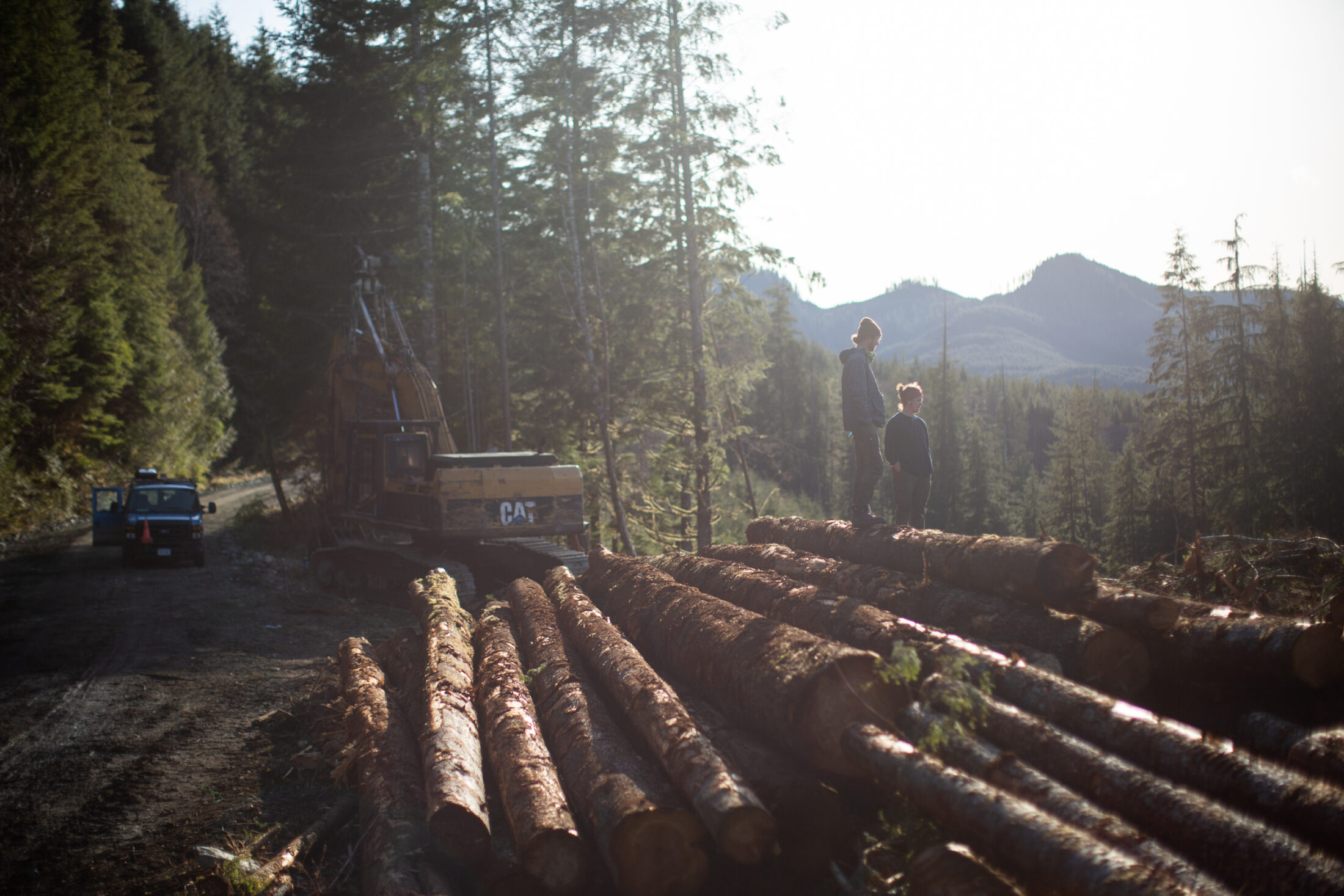
Let me give you one really ugly, graphic example. The maps produced by Rachel Holt, Karen Price and Dave Daust show that in almost all of the province we’re in a high-risk situation. High risk meaning 30 per cent or less. If we follow our current management regime, in the not very distant future there will be very little yellow left and there will be no green left in the entire province. Red meaning high risk, yellow meaning medium risk, green meaning low risk. Some people might be able to argue the numbers a little bit. But it’s pretty hard to argue them because they used the same information and mapping data that everybody else uses.
We often hear that, ‘oh, we have nothing to worry about because we have 50 per cent of our old-growth left.’ And I think some of the people who are saying that actually believe it because they don’t understand the science. Very few people understand the science. And so, then it just becomes a big numbers game. But almost all of that 50 per cent right now is at the tops of mountains and has tiny little trees. That doesn’t make a landscape healthy. Not having any connectivity between them and not having any of the richest sites that support the highest level of biodiversity, which tend to be down in the rich lowland areas, almost all of those are gone now.
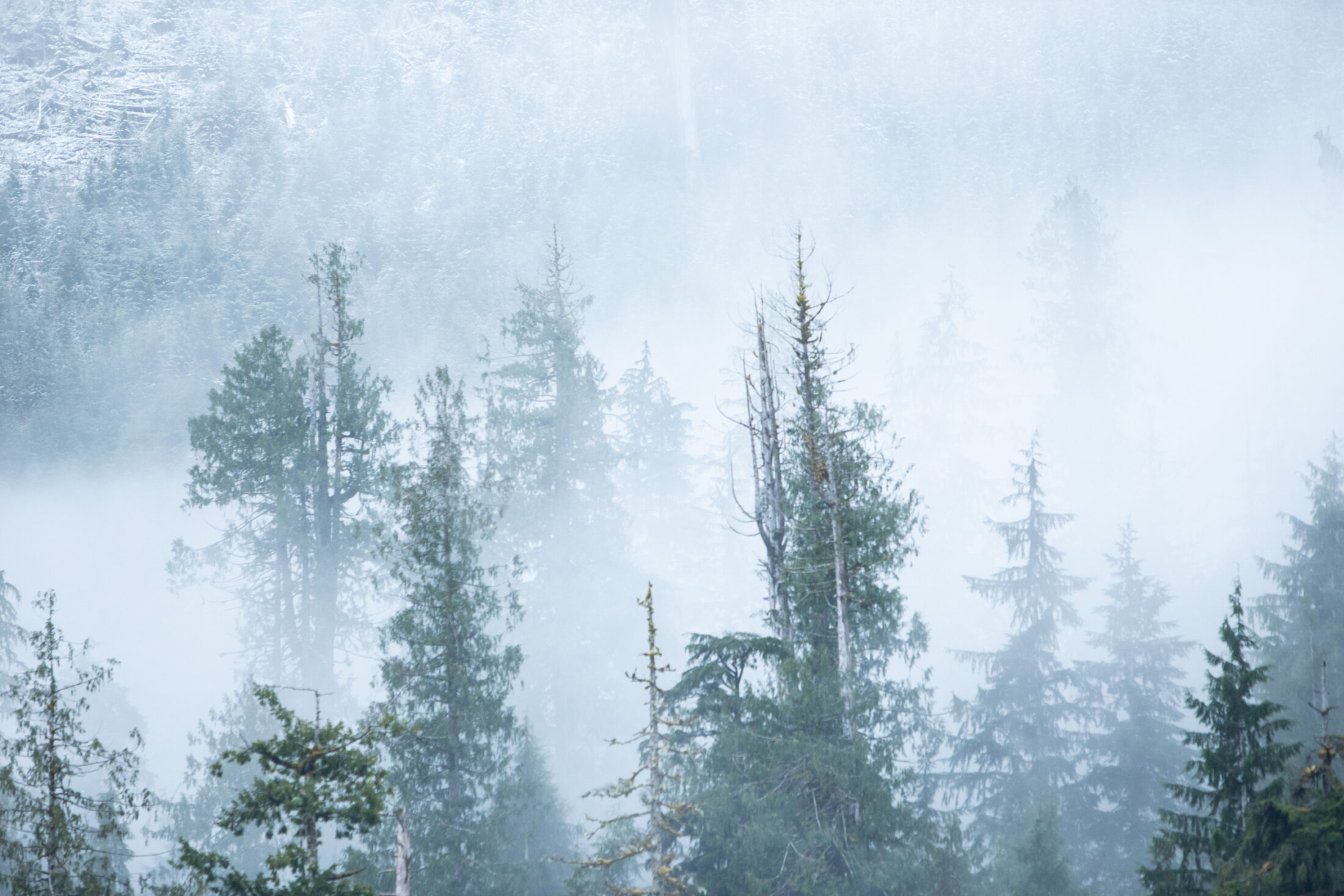
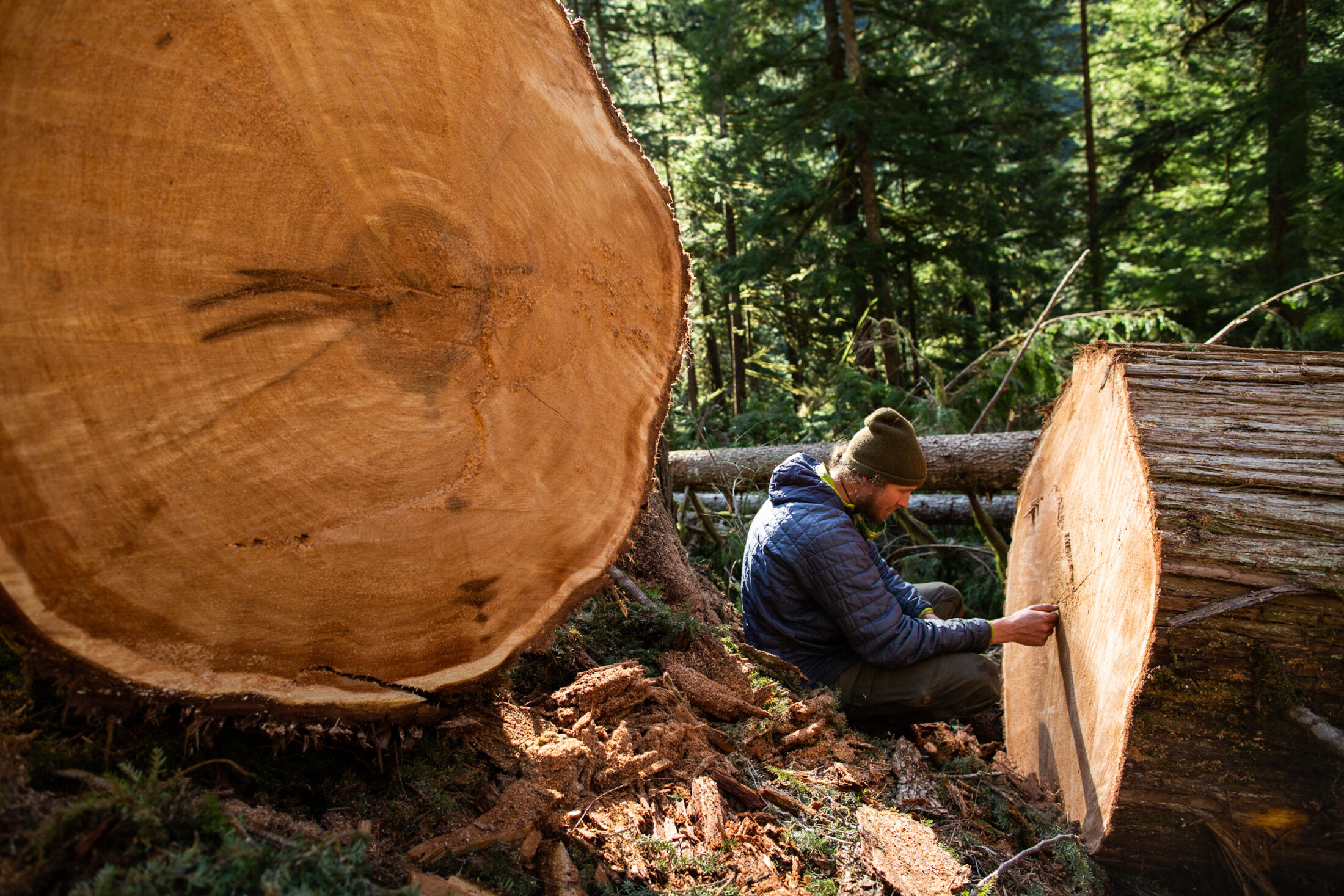
I want to tell you a story. We did the CORE plans [The Commission on Resources and Environment, a collaborative planning model used in B.C. in the 1990s.] The Kootenay Boundary plan, after full public involvement, recommended managing to a 50 per cent biodiversity risk. That means try to maintain 50 per cent of each type of ecosystem. But when the government approved the plan there was a huge uproar. It didn’t get very much press, which surprised me. Government unilaterally at the time decided to cut that target to a third. So the target became 17 per cent with the stroke of a pen.
And to compound that even more, we didn’t build a system to track it. So, we weren’t really sure what we had left and it was poorly mapped to begin with. Recently a group of government folks did the research and mapped it out and looked at where they were at and, in most areas, they were below the 17 per cent already because they weren’t tracking it. And that’s not an unusual situation in this province. And so, one of our recommendations said [the government needs] to ensure compliance with provincial orders. That’s part of the issue right there.
First Nations tenures tend to be allocated in hot spots because they [logging companies] have more ability to get to them. A lot of those tenures are dependent on those areas that are right on the edge [of consequential biodiversity loss.] I just felt that was absolutely unfair for that to have happened. Because we don’t want to disproportionately affect their tenures, that’s not fair. It’s certainly not consistent with DRIPA [B.C.’s Declaration on the Rights of Indigenous Peoples Act.]
The government did make an announcement and clawed back tenure from most of the licensees and reallocated it to First Nations. But interestingly enough, many First Nations don’t have the ability to operate those tenures and the tenures are too small for them to build the necessary corporate infrastructure to do it. So, they just enter into operating agreements with companies and have companies manage them as part of their tenure in exchange for benefits and employment and involvement in planning and things like that.
It does create internal tension in some areas. In other areas, they have started to come up with management systems that are built from their community’s way of thinking about land and are trying to come up with new approaches so that they don’t have to do this. On the coast, it’s not as easy because everywhere is old except for some second-growth and there’s not enough second-growth on line to support the industry yet. We’re hugely dependent on old-growth right now to maintain our industry as it is.
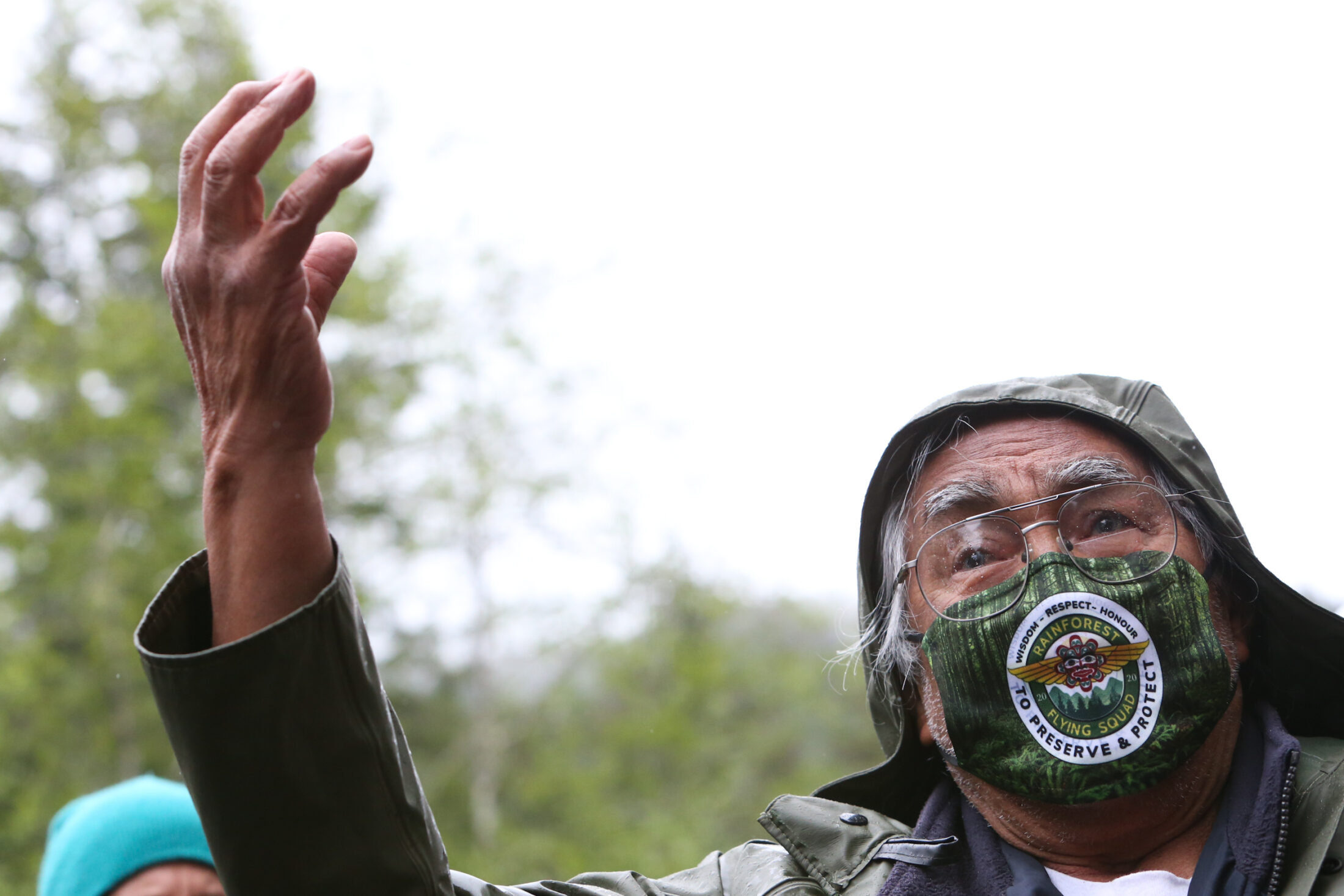
That is what most First Nations are saying across this province. I just want to read to you our first recommendation [from the old-growth strategic review panel report]: “Engage the full involvement of Indigenous leaders and organizations to review this report and any substantive policy or strategy development and implementation.” We believe that it is critical to implement this in cooperation and collaboration with the Indigenous community. And that means setting up the management relationships on a local basis across the province. And the province has already started to implement that anyway as a result of DRIPA. And that’s really where First Nations want to be.
I’m dealing with this in my own community right now. It’s not that we don’t want to use land. The way the land is being used is the problem. It’s not being used right. Almost every First Nation I know … they’re just not happy with the way that the land is being used because they feel it’s just too harmful and destructive and it’s wrecking things. And they want to change that.
From the time I was born, I learned that I had to look after the land. It’s built right into you. I know my family’s been from where I come from for at least 8,500 years. When you go there you just feel something very, very different. It’s deeply inherent in you this notion that you have a stewardship responsibility. It’s just part of who you are. And yes, there is an economic component to it. But the driving thing is we want to be part of looking after our lands again, the way we always have.
In a lot of First Nations communities we saw, they were not deeply dependent on the economic side and so still they had lots of options and flexibility. A lot of them are building their own management system from their own cultural philosophy. I think some of those systems are going to have a lot to teach all of us about how to manage for ecosystems, about how to look at the land holistically, about how to treat it gently — all of those things that we’re struggling to figure out right now.
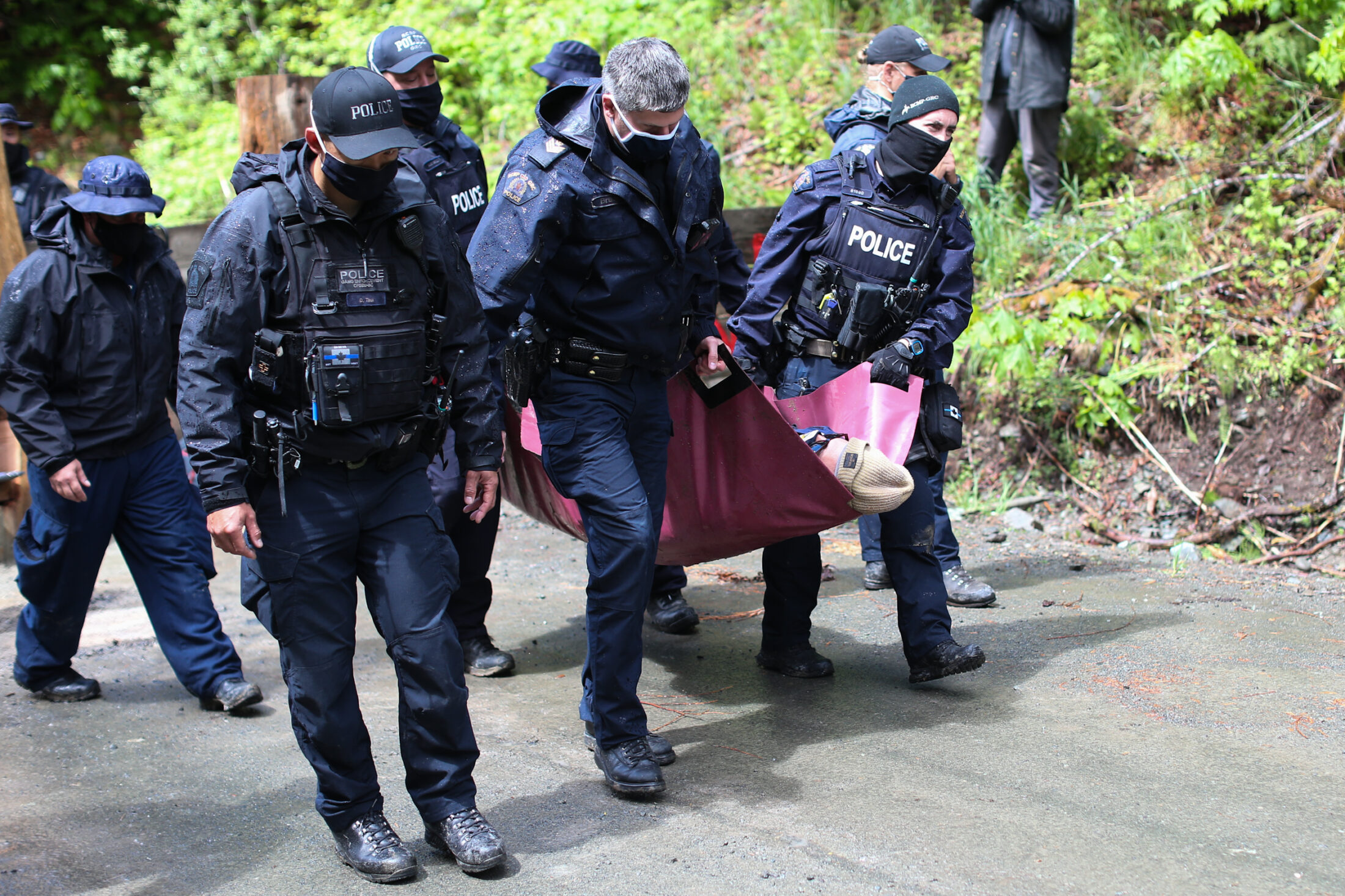
I certainly don’t think that was by design. There was a strong desire for First Nations to be part of the forest sector and all of the economy. And the government saw that as an important policy direction. Part of it was a bit of self-interest … if [First Nations are] involved on the economic side, maybe we can work our way through some of these disputes. There was no illusion that First Nations were going to convert and become the type of commercial entities we see now, at least not on a mass scale. But at least with them being involved, that removed an impediment to having the conversations. And then if they were involved on the management side, ‘maybe we will have a new future and it will look different. And the fights are not there anymore because we’re working it out together.’ That tended to be more the policy driver. I know there’re a lot of people out there who believe conspiracy theories out of government. Government frankly is too disjointed and not able to think with a cohesive mind to actually do that.
First Nations wanted it, too, and industry was supportive of it. Industry is trying to work in the First Nations territory and every single permit they get and everything they try to do was always a constant battle because the community didn’t know the industry, they weren’t getting anything out of it and it was just an incredible source of frustration. So, industry supported this and said ‘they should be involved and it would be a lot better for all of us if they were.’
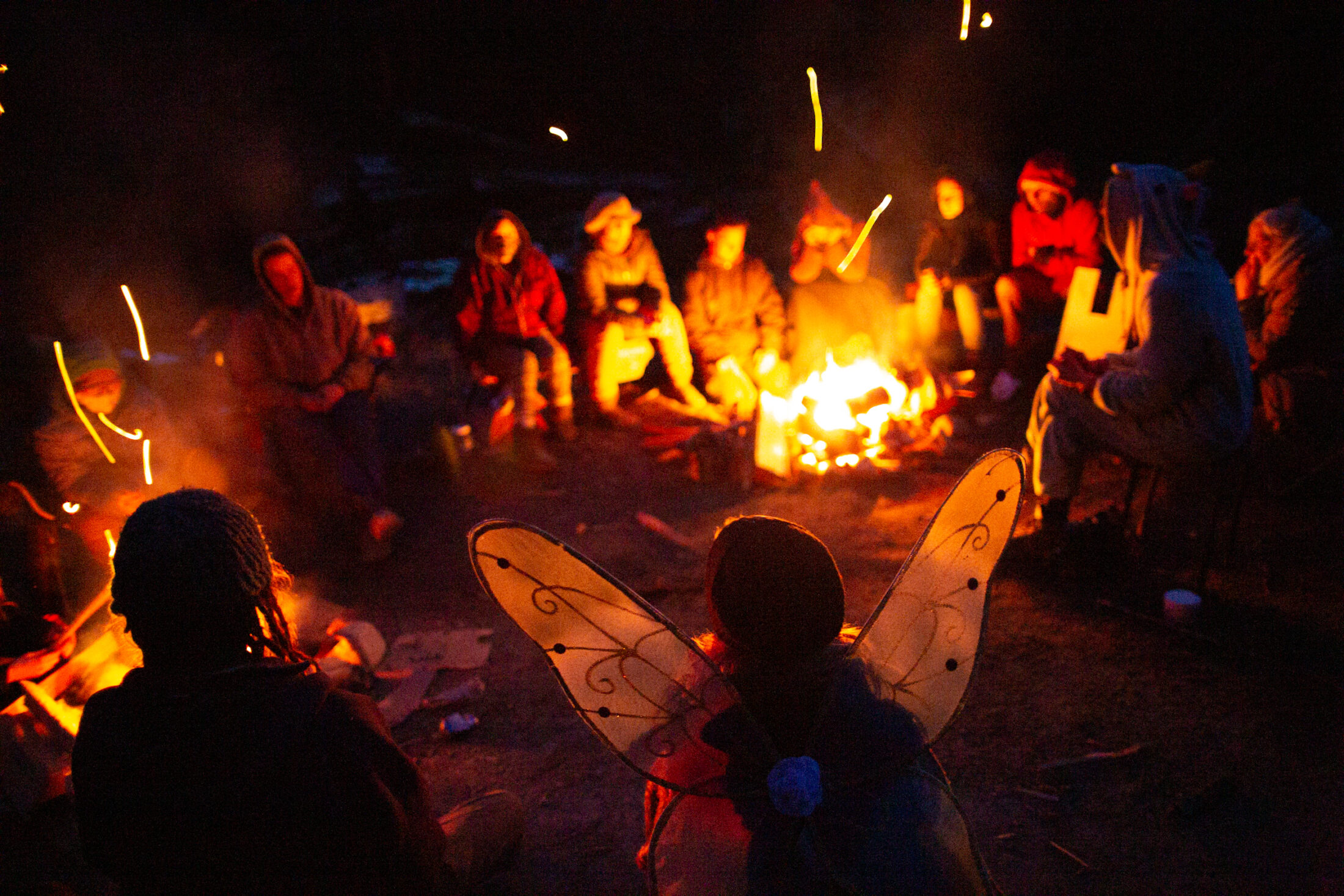
Hindsight’s always 20-20. Let’s put it this way. If you’re operating by approved operating plans that say ‘this is your operable forest land base, your timber harvesting land base and that area’s included it.’ If you’re not at a policy level then you just take that for granted. And a lot of the people who allocate and manage tenure, they’re not dealing with these higher policy issues. They have a map in front of them that says ‘this is your operable land base. Go forth and do what you’ve got to do.’ And that’s where they run into conflicts. If you’re going to manage a tenure yourself, you’ve got to go for easier, less expensive and more valuable stuff which tends to be the most controversial, unless you go into an operating agreement with a large company.
COVID has been a real challenge. There’s no question. They’re trying to implement a major policy change [to implement the old-growth panel recommendations] in the middle of a time when you can’t bring people into a room and work together. And that is tough, tough, tough by any standard. If I were in charge, I would do a couple things. Number one, I would build a report card on implementation of that old-growth strategy and other associated initiatives. I would build a report card using a multi-disciplinary group to provide advice and oversee and build an objective report card on how we are progressing and make that available publicly on a regular basis. Then you’re just saying ‘we’re making this transition together folks’ — and then we’re all part of the ugliness of it because it is a tough transition.
The second thing I would do is I would put a lot of resources into building the capacity to adapt to this change. One specific example is as we move to collaborative or joint management with Indigenous groups we’re doing all of the necessary supporting paperwork — we’re changing the legislation, we’re changing the policy — but we’re putting very little into building our readiness for that both on the government and on the First Nations side. It’s very similar to the whole shift to ecosystem health-based management.
We’re just not putting the necessary work in to develop readiness to actually do the job. We’re struggling still. It’s just so much all at once that I think people are almost overwhelmed. And now on top of that there’s huge stress because of things like Fairy Creek.
I’m not the boss. I’m not in charge. These are just musings of an old fellow sitting here who gets lots of time to think. I don’t have to live with the consequences.
Yes. There is an unavoidable economic component to this. Carbon offset, conservation financing, a number of other financial tools would need to be employed. Economic diversification is obviously a really important tool, but here we are in the middle of COVID where nobody’s allowed to come here. We just got hit with a perfect storm right now. What I worry about is that, because it’s been so difficult to implement this, maybe our momentum starts to drop and maybe because of that we just take our foot off the gas pedal.
I find hope and optimism in the fact that we have an incredibly well-informed scientific community around us which is watching closely and who are very media savvy. We have a lot of people in government with very good intentions who want to go here. They’re afraid to, of course, just like everybody. We have a government who, at least on the surface, wants to go here. I genuinely believe they want to go here. How far they are able to go is another question.
At a more global scale, the reality of what we’re doing to the planet is becoming less and less avoidable and it’s getting much, much harder for us to deny and duck it. That whole trend is really, really pushing the envelope, the Greta Thunberg, the youth movement. Our young people are just not happy. They want a change. I see so many of them doing so many amazing things. They don’t just talk about it, they actually go out and build companies that do good things. They’re doing real things to make changes, they’re not just bitchin’ … if you’ve got the energy and the smarts, go figure out something to do, let’s all chip in here. I am really optimistic about that — that’s where I see a lot of hope.
I think we have a whole crowd of people out there just waiting to see what’s going to happen here. It’s like a pot that’s on simmer just below boil … waiting to see the government’s response.
Updated June 2, 2021, at 5:49 p.m. PT: This story has been updated to correct the spelling of Ditidaht First Nation.
Get the inside scoop on The Narwhal’s environment and climate reporting by signing up for our free newsletter. When I visited my reserve, Moose Factory,...
Continue reading
The Conservative and Liberal parties diverge sharply on Indigenous issues. Here’s what that could mean...

After a series of cuts to the once gold-standard legislation, the Doug Ford government is...

The BC Greens say secrecy around BC Energy Regulator compliance and enforcement is ‘completely unacceptable’

